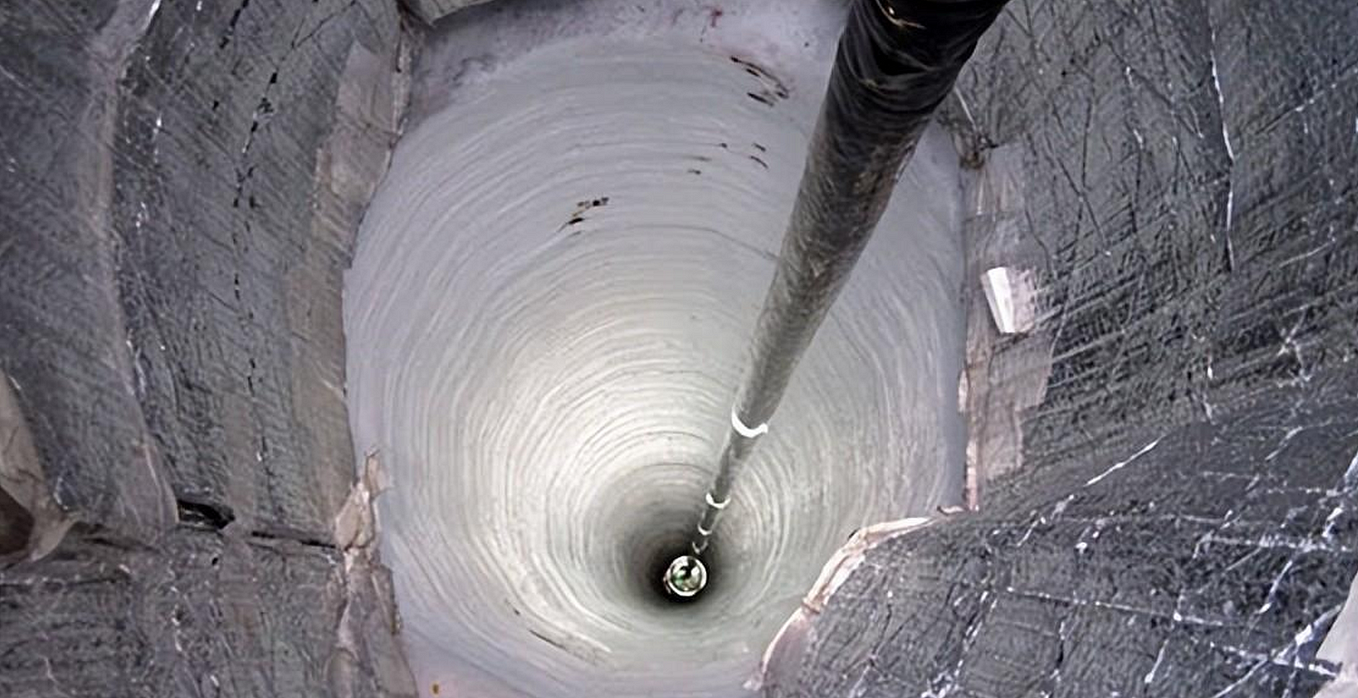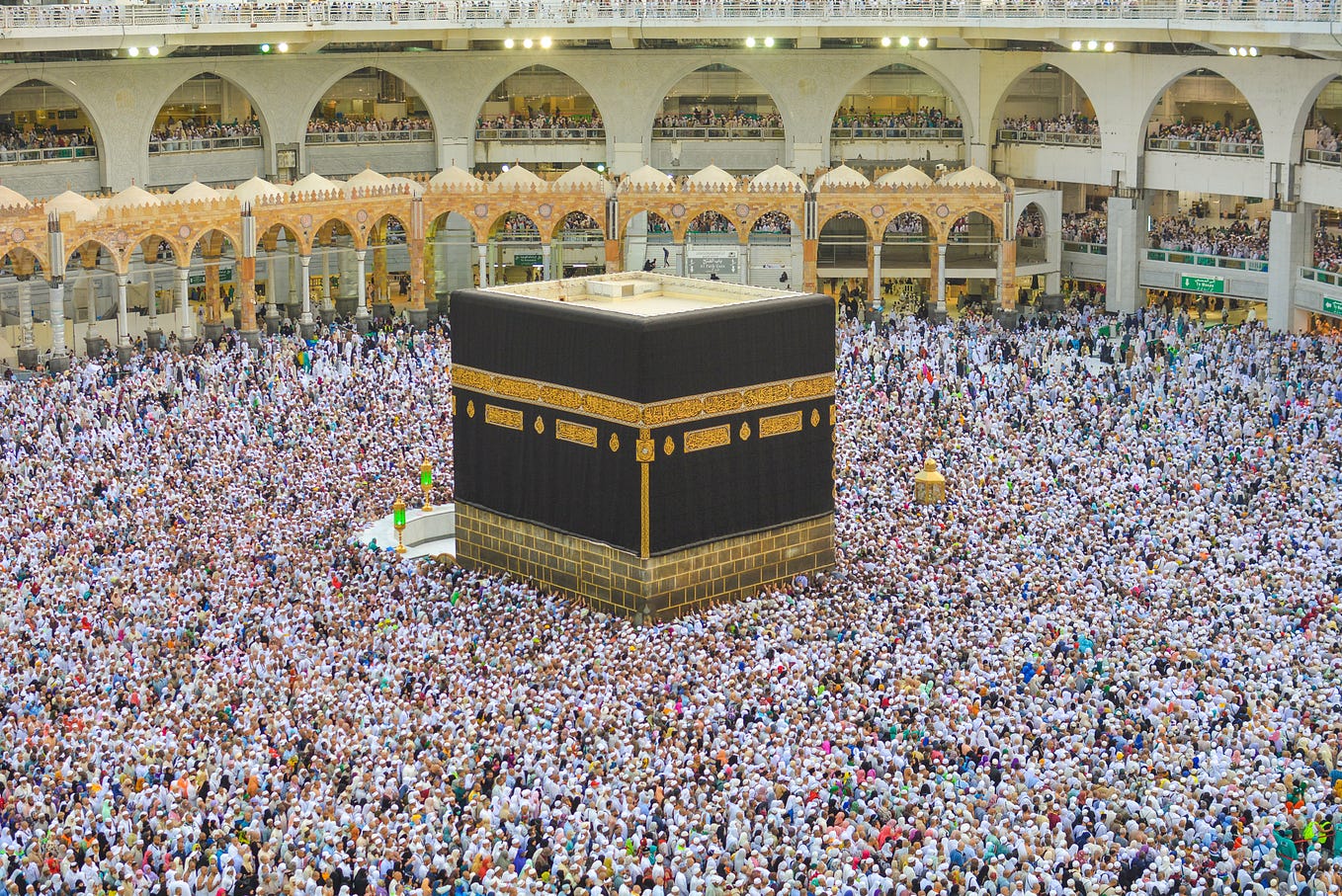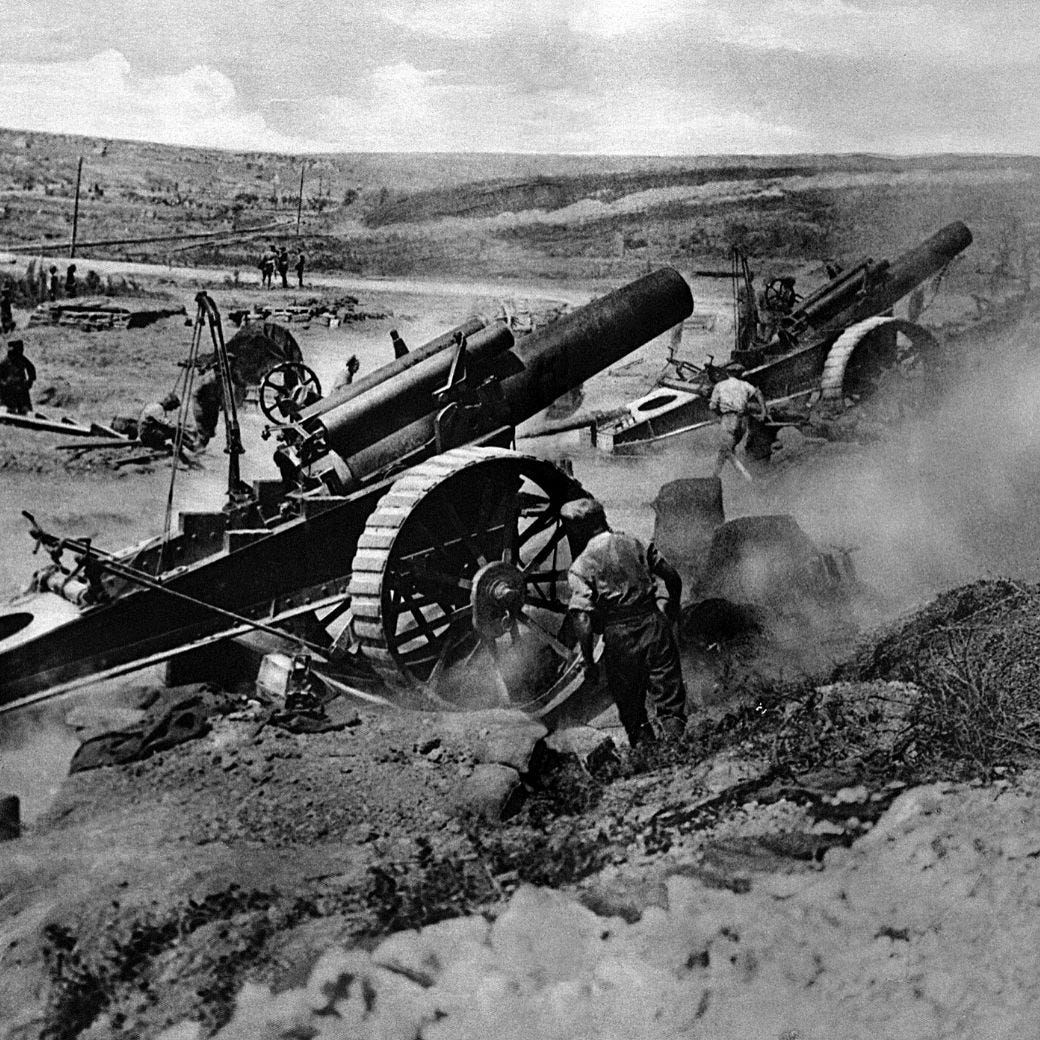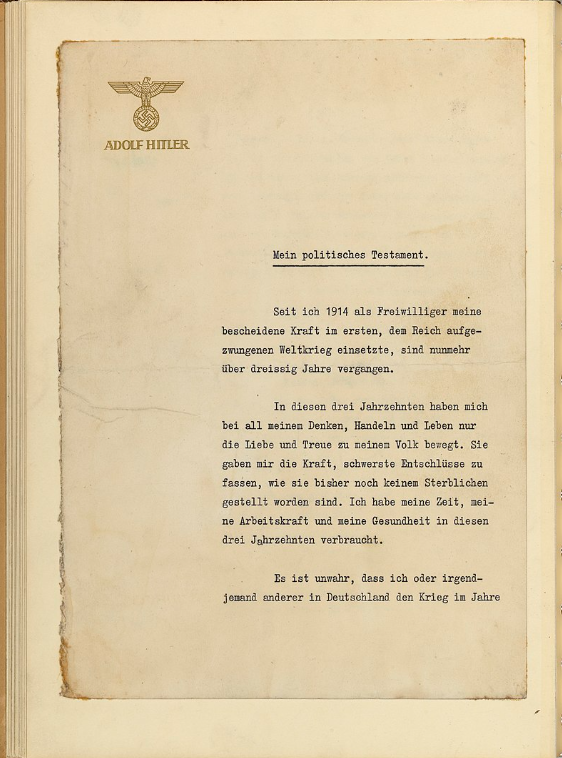The Sinister Ceremony That Paved The Way for Hitler’s Rise — Why We Can’t Forget History
Potsdam Day: March 21, 1933
On this day, 91 years ago….
March 21st, 1933 marked a pivotal moment in the trajectory of Nazi Germany, as Adolf Hitler’s ascension to power culminated in the fateful convening of the Reichstag at Potsdam’s Garnisonkirche.
This historic event, known as Potsdam Day, served as a harbinger of the tumultuous era that lay ahead, where the forces of tyranny and totalitarianism would clash with the ideals of democracy and freedom.
The Rise of Hitler: A Nation Enthralled
In the crisp chill of a March morning in 1933, the cobblestone streets of Potsdam, Germany, bore witness to a gathering storm that would cast a long shadow over the course of human history.
Adolf Hitler’s rise to power in the early 1930s heralded a seismic shift in German politics, as the charismatic leader of the National Socialist German Workers’ Party (NSDAP) captivated the hearts and minds of a disillusioned populace reeling from the economic hardships of the Great Depression.
Riding the wave of nationalist fervor and anti-Semitic sentiment, Hitler’s promise of “national renewal and racial purity” struck a chord with millions of Germans, propelling him to the pinnacle of power.
The Reichstag Fire: A Pretext for Tyranny
The events leading up to Potsdam Day culminated in the Reichstag's Fire on February 27, 1933 — a pivotal moment that provided Hitler and his cronies with the pretext they needed to consolidate their grip on power.
Blaming the fire on “Communist agitators”, Hitler and his propaganda machine unleashed a wave of fear and paranoia, paving the way for the passage of the Reichstag Fire Decree, which suspended civil liberties and paved the way for the systematic suppression of political dissent. (Much like the current situation in Russia).
“The decree nullified many of the key civil liberties of German citizens. With the Nazis in powerful positions in the German government, the decree was used as the legal basis for the imprisonment of anyone considered to be opponents of the Nazis, and to suppress publications not considered “friendly to the Nazi cause”
Potsdam Day: A Symbolic Coronation
Against this backdrop of fear, Potsdam Day emerged as a symbolic coronation of Hitler’s newfound authority, as the newly appointed Chancellor of Germany addressed the Reichstag in a solemn ceremony held within the hallowed halls of the Garnisonkirche.
Against a backdrop of swastika banners and Nazi regalia, Hitler delivered a speech that resonated with chilling echoes of authoritarianism and megalomania, as he outlined his vision for a “New Germany” cleansed of perceived enemies and imbued with the spirit of racial purity.
The Garnisonkirche: A Symbol of National Identity
The choice of venue for Potsdam Day held profound symbolic significance, as the Garnisonkirche — a revered landmark synonymous with Prussian militarism and imperial grandeur — served as the perfect backdrop for Hitler’s theatrical spectacle of power.
Built by Frederick William I (the father of Frederick The Great, pictured above) in the 18th century as a testament to Prussia’s martial prowess, the Garnisonkirche embodied the fusion of church and state that lay at the heart of Germany’s authoritarian traditions, providing a fitting stage for Hitler’s unholy alliance of religion and nationalism.
The Shadow of Totalitarianism
The events of Potsdam Day cast a long shadow over the course of World War II, serving as a grim reminder of the insidious nature of totalitarian regimes and the fragility of democratic institutions in the face of tyranny.
In the years that followed, Hitler’s Germany would descend into the abyss of dictatorship, unleashing a reign of terror and oppression that would engulf the world in conflict and chaos. What is incredible, is that the world today has still not understood the lesson these events taught us.
The Holocaust: A Stain on Humanity
At the heart of Hitler’s genocidal agenda lay the systematic extermination of millions of innocent lives, as the machinery of the Holocaust wrought untold suffering and devastation upon Europe’s Jewish population. The horrors of the concentration camps, the ghettos, and the gas chambers stand as a testament to the depths of human depravity, serving as a stark reminder of the consequences of unchecked hatred and bigotry.
Remembering Potsdam: Lessons for the Future
As we reflect on the significance of Potsdam Day, it falls upon each and all of us to remember the lessons of history and to honor the memory of those who fell in the fires of tyranny. From the ashes of Potsdam emerged a renewed commitment to the ideals of democracy, freedom, and human dignity — values that must be safeguarded and upheld, today more than ever.
it falls upon each and all of us to remember the lessons of history and to honor the memory of those who fell in the fires of tyranny.
A Personal Reflection
As I contemplate the events of Potsdam Day, I am reminded of the profound responsibility we bear as custodians of history. It is not enough to simply commemorate the past; we must also heed its warnings and strive to build a better future. For ourselves as well as generations yet unborn.
…the profound responsibility we bear as custodians of history. It is not enough to simply commemorate the past…
In remembering Potsdam, we honor the sacrifices of those who came before us and reaffirm our commitment to actively pursue justice, equality, and peace — for everyone.









